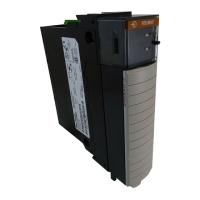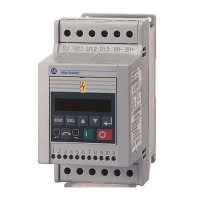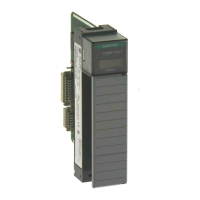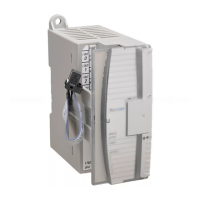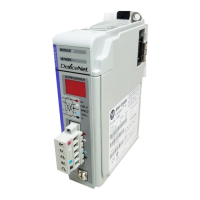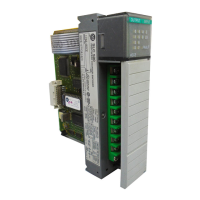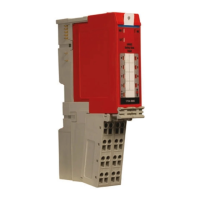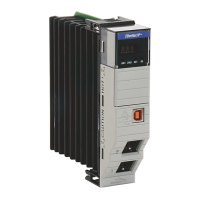Rockwell Automation Publication 193-UM014C-EN-P - August 2016 57
Chapter 7
Automation Controller Communication
Introduction
This chapter describes and gives examples of how EtherNet/IP messaging, I/O
messaging, and Explicit Messaging are used.
EtherNet/IP Messaging
The EtherNet/IP communication auxiliary module supports two types of
EtherNet/IP messaging.
• I/O Messaging — Used for deterministic EtherNet/IP communications
with ControlLogix™, CompactLogix™, SoftLogix™, and EtherNet/IP
scanners. Its primary use is to read and write I/O data for control
purposes.
• Logic Explicit Messaging — Used for non-deterministic
communications in which the data is not critical for control. Logic
explicit messages have a lower priority than I/O messages and are used to
read and write non-critical data.
I/O Messaging
RS Logix 5000™ software is used to configure I/O messaging between an
automation controller and an EtherNet/IP communication auxiliary module
on an EtherNet/IP network.
The following example provides the steps necessary to configure a Logix
controller for I/O messaging.
ControlLogix Configuration with Add-on Profiles
An Add-on Profile is available for the EtherNet/IP communication auxiliary
module and can be used with RSLogix 5000 version 17 and higher. The profile
can be downloaded from:
http://support.rockwellautomation.com/controlflash/LogixProfiler.asp
An existing project can be used or a new project can be created to configure
EtherNet/IP I/O Messaging. To create a project, perform the following steps.
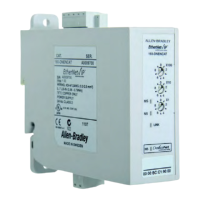
